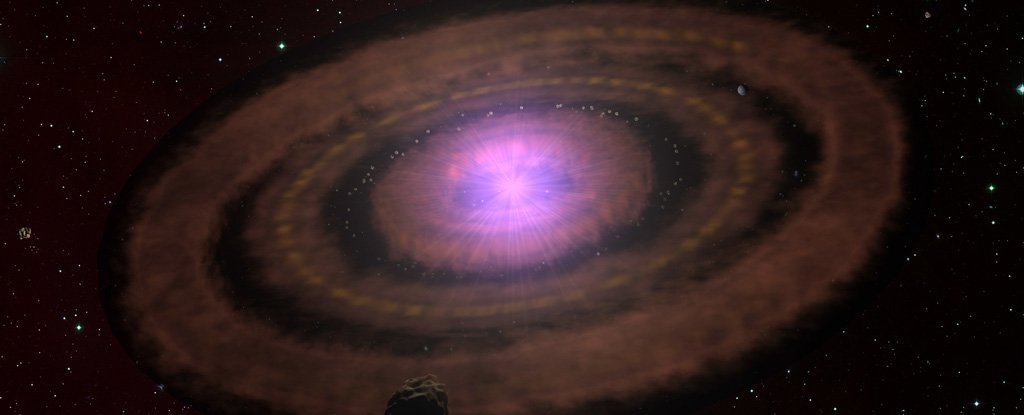
Things like stellar wind and irradiation from nearby stars outside the disk can also affect mass?
The locations of planet-forming disks (+) observed with ALMA are indicated, while disks with dust masses above an equivalent of 100 earth masses appear as blue dots.
When they processed the data, the researchers found that most of the disks held only 2.2 Earth masses of dust.Only 20 of the almost 900 disks held enough dust for 100 or more Earths.
The researchers found some variability in disk dust mass in different regions of Orion A, but the variations were minimal.As disks age, the disk mass declines, and clusters of disks the same age have the same mass distribution.
It's expected that as disks age their dust mass decreases?The authors compared their results from Orion A with several neighboring star-forming regions with young disks.
"Altogether, we think our study proves that at least within the next 1000 light-years or so, all populations of planet-forming disks show the same mass distribution at a given age.But it's remarkable that the correlation between disk age and disk mass is strong, even across large structures like Orion AFor the first time, the unprecedented size of the SODA (Survey of Orion Disks with Alma) disk sample allows us to zoom in on the effects of age gradients and clustering in a single star-forming region."
